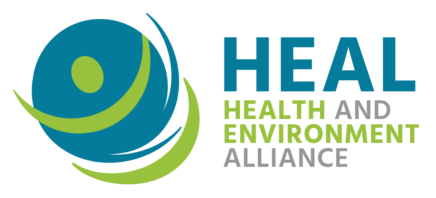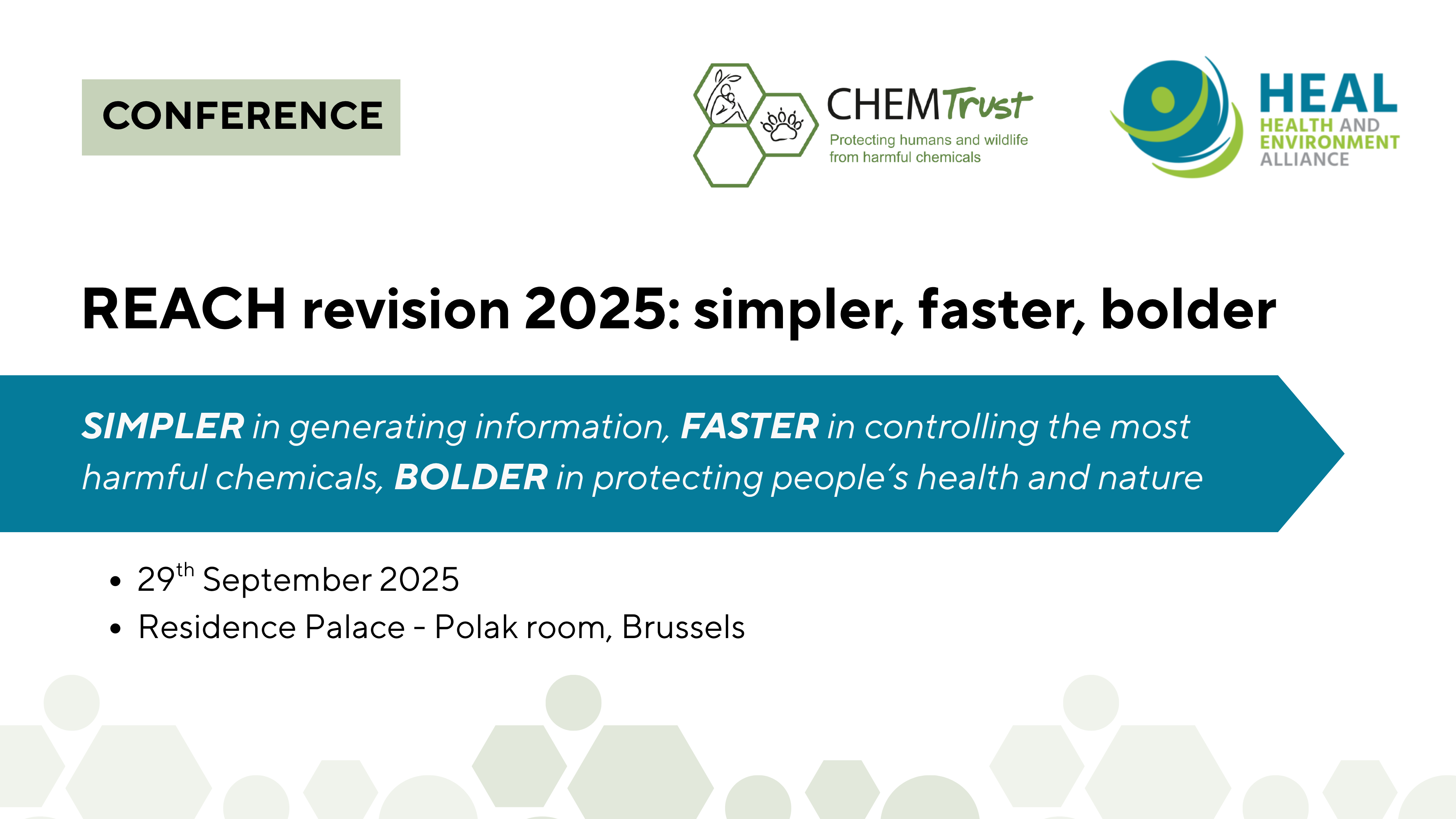The EU Healthy Air Coalition (EUHAC), a coalition of diverse constituencies of the health sector, urges the Commission President to ensure that the next EU budget will help the EU substantially advance towards clean air and the prevention of the major diseases caused by air pollution.
Yesterday, the Council of the European Union, the European Commission and the European Parliament finalised their inter-institutional negotiations on the proposed reform of the EU legislation on the classification, labelling and packaging of chemicals (CLP).
Overall, the Health and Environment Alliance (HEAL) welcomes the compromises reached throughout the discussions. The agreed legislative changes have the potential to make CLP a more protective and efficient piece of legislation. The reformed CLP will be better equipped to address the challenges related to the identification of – and adequate communication about – chemicals with harmful substances in the 21st century.
Natacha Cingotti, HEAL’s Programme Lead for Health and Chemicals, commented: “We congratulate the European Commission, Parliament and Council for reaching an overall protective agreement on the reform of the CLP legislation in a timely way.
CLP is an essential cornerstone of the European Chemicals legislative framework and its reform was an important promise of the Chemicals Strategy for Sustainability. We now look forward to the swift adoption of the text and we call on the institutions to keep up the work with the chemicals reform agenda, including regarding the REACH regulation, which needs to be a priority of the next Commission.”
Based on currently available details, HEAL welcomes the following:
- The proper referencing of the newly added hazard classes for endocrine disrupting-, bioaccumulating-, persistent- and mobile chemicals throughout the text.
- Allowing classifications for entire groups of chemicals, instead of one-by-one assessments.
- Granting the European Commission the power to initiate hazard classification to speed up the identification of harmful substances.
- The introduction of rules to address chemicals sold in bulk, through the use of refill stations, online, and for digital labeling.
- Clarified rules for packaging of products, including relating to the display of hazard icons and of information on the outside of the packaging, to enable sound purchasing choices.
- When it comes to the contentious issues of the addressing of substances with more than one constituent (MOCS), the institutions have agreed on an acceptable compromise. Namely, it maintains the Commission’s proposal to align the treatment of MOCS with the one currently applying to mixtures, with a derogation for plant-based substances plant extracts, for five years, and the commitment of a review of the scientific evidence by the Commission at the end of this period.
Next steps: The Parliament and Council now have to formally endorse the text finalised through inter-institutional negotiations. The regulation will enter into force 20 days after publication in the official journal.
Notes:
HEAL’s reaction to European Parliament agreement on its position, October 2023:
More detailed analysis can be provided when the full text of the agreement is made publicly available
For information, and comments contact: Nea Pakarinen, Senior Communications and Media Officer, nea@env-health.org


